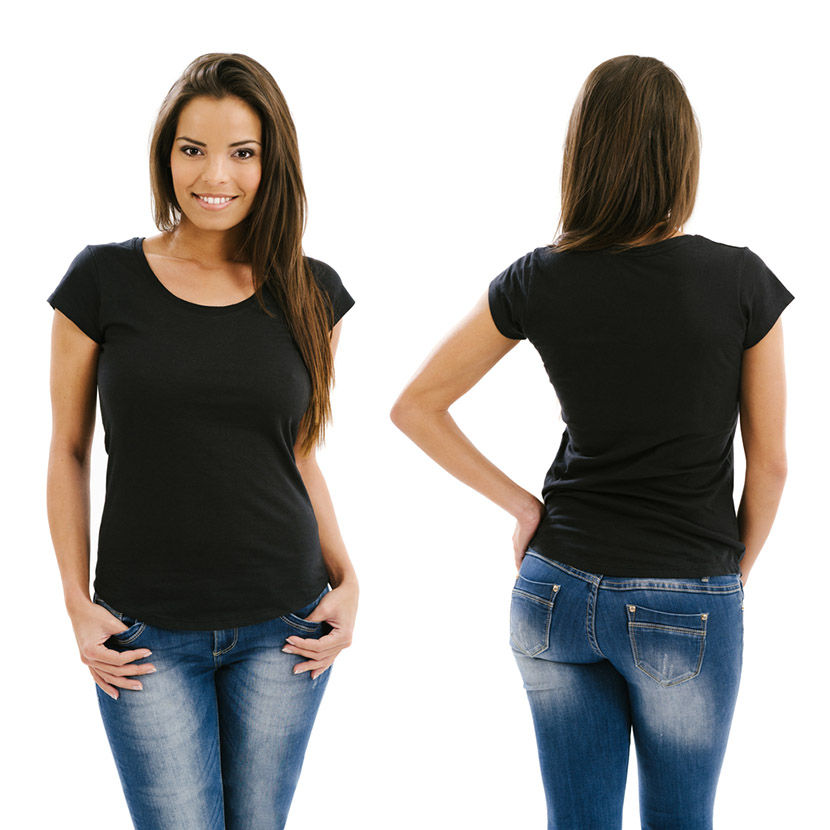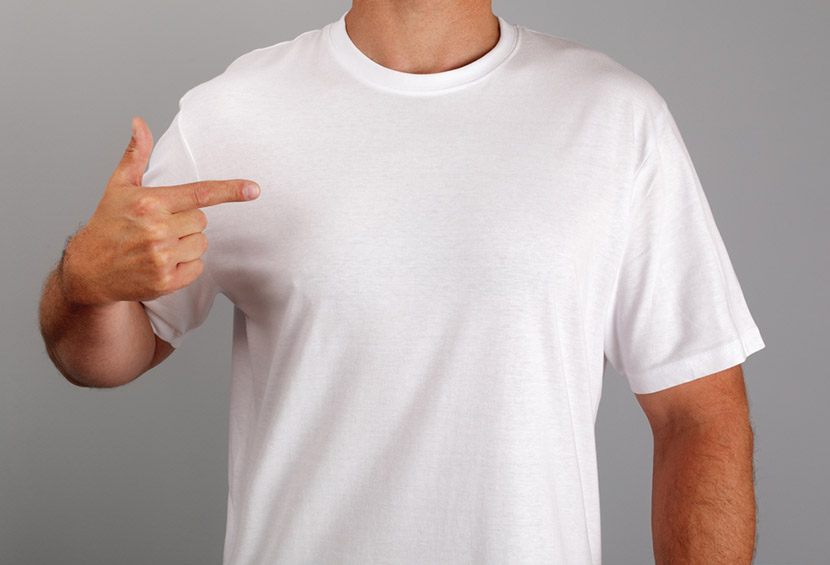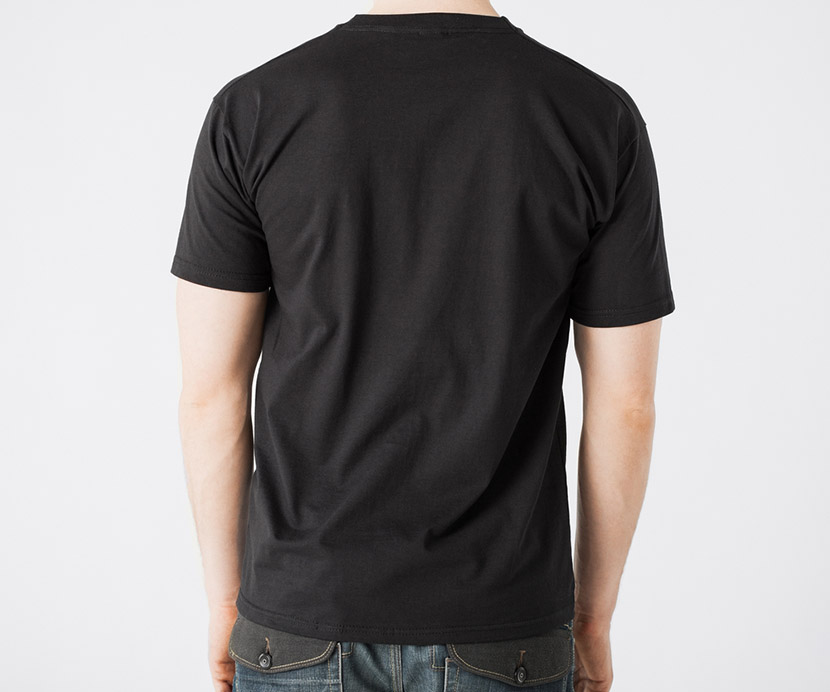Logo Placement on Shirts: Creating the Perfect Design
Whether you offer screen printing, embroidery or any other type of garment customization service, you’ve no doubt spent a lot of time stressing over the placement of a design. You’ve probably faced this dilemma many times even if you only customize clothing as a hobby. You don’t want to place the design too high, too low, too far to the left or too far to the right. You also want to avoid crooked image placement, too. And sometimes, even when things look totally right, they turn out all wrong once the image is permanently in place.

When adding a logo to blank t-shirts or other garments, getting the placement just right is crucial. Eyeballing it might get you close, but no matter how good of an eye you have, it’s best to measure. Yes, it takes more time, but trust us: Spending a few minutes measuring wastes way less time (and money) than getting the placement wrong because you tried to eyeball it. Plus, once you get the hang of it, the process is simple and takes very little time.
Order Your Blank T-Shirts to Start Customizing Today
Not sure how to figure out proper logo placement on a shirt? Use the guide below to take the guesswork out of your creations.
Centered on Front of Shirt
When determining where to place a large logo on the front of an adult-sized shirt, the top of the logo should sit about four inches to six inches below the neck. The design should be centered between the left and right seams. If you’re customizing a child-sized shirt, the design should only be about one and one-half inches to three inches below the neck.
Left Chest without Pocket

On shirts without a pocket, adding a logo to the left chest area can be tricky. You’ll need to measure down about seven inches to nine inches from the left shoulder seam. Then, center the logo between the center of the shirt and the left side seam. The process is the same for both t-shirts and button-down shirts.
Check Out Our Collection of Polo Shirts Wholesale
Left Chest with Pocket
Placing a design in the left chest area is much easier when there is a pocket. All you need to do is center the logo either on the pocket or directly above it. The process is the same for both t-shirts and button-down shirts.
Left Chest on Polo Shirt
Invested in polo shirts wholesale and want to customize them? Follow the same process as you would for adding a logo to a regular t-shirt without a pocket. Alternatively, measure four inches to six inches to the right of the placket to determine where to place the logo.
Back of Shirt

Generally, designs placed on the back of a shirt should be fairly large, so keep this in mind when designing. To determine where the logo should be placed, measure about five inches down from the collar. Then, measure from left to right to determine where the center of the shirt is.
Why Proper Logo Placement on Shirts Matters
Businesses utilize strategic logo placement on packaging to catch the customer’s eye and to make the overall packaging design aesthetically pleasing. Where you place a logo on a shirt matters for the same reasons. Whether you are customizing polo shirts for your staff to wear while on the job, designing tees that will be used as giveaway items or adding logos to shirts for any other reason, putting the logo in the correct place ensures the finished garment will have a professional appearance and be pleasing to the eye.
Additional Considerations
When designing shirts, keep in mind that the size of the logo matters. A tiny logo on the back of a shirt wouldn’t look right (even if it was positioned properly)–nor would a huge design in the left chest area.
Keep in mind, too, you should avoid adding logos over zippers. If you are customizing a hooded sweatshirt, the logo placement is slightly different, too.
The Bottom Line
Customizing t-shirts, polos and other garments requires more than just slapping a design on some fabric. If you want your finished products to look “right,” you need to take steps to ensure the logo is properly placed. If you are trying to add a logo to a shirt, use the guidelines above to ensure the finished garment has a professional and aesthetically pleasing appearance.


